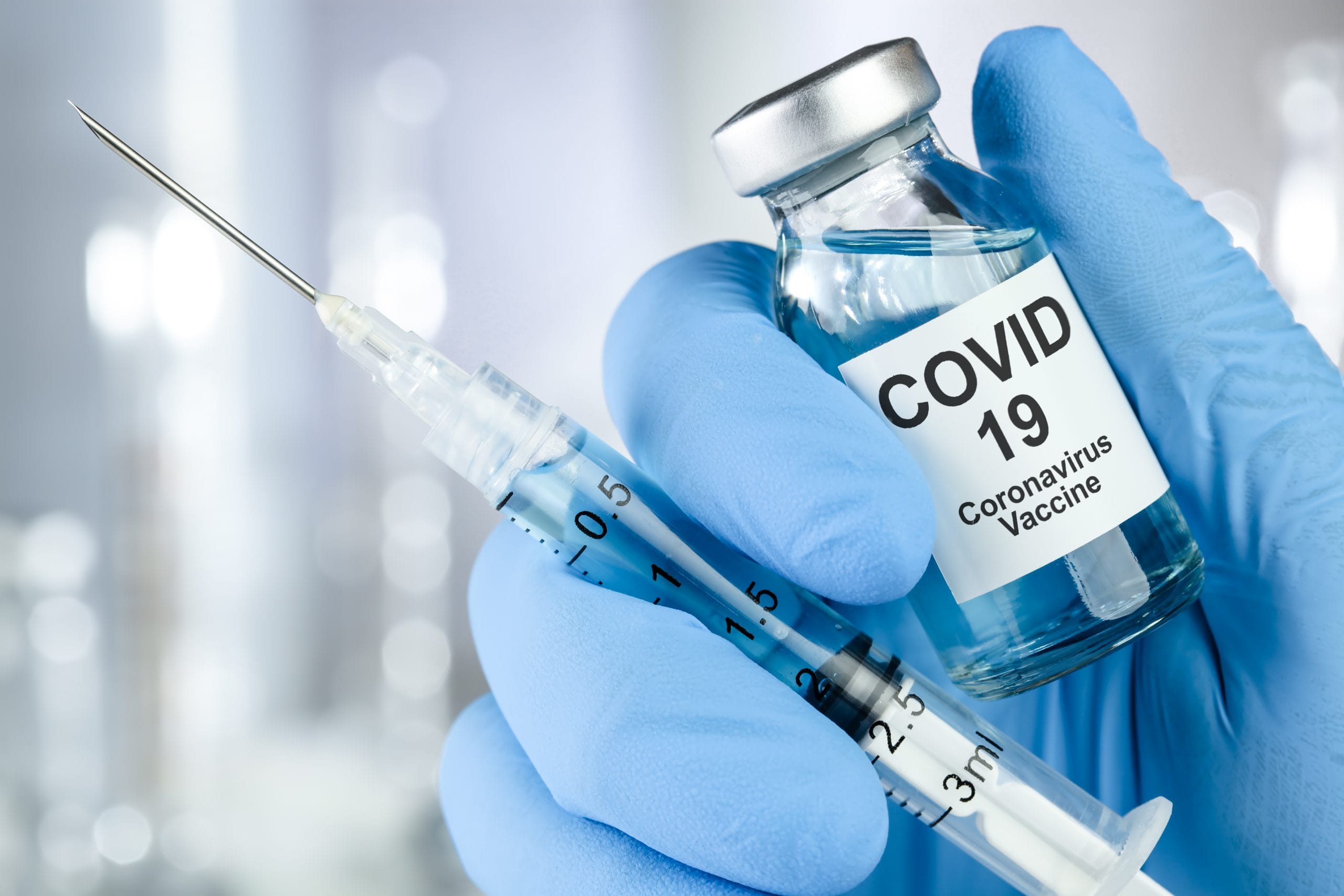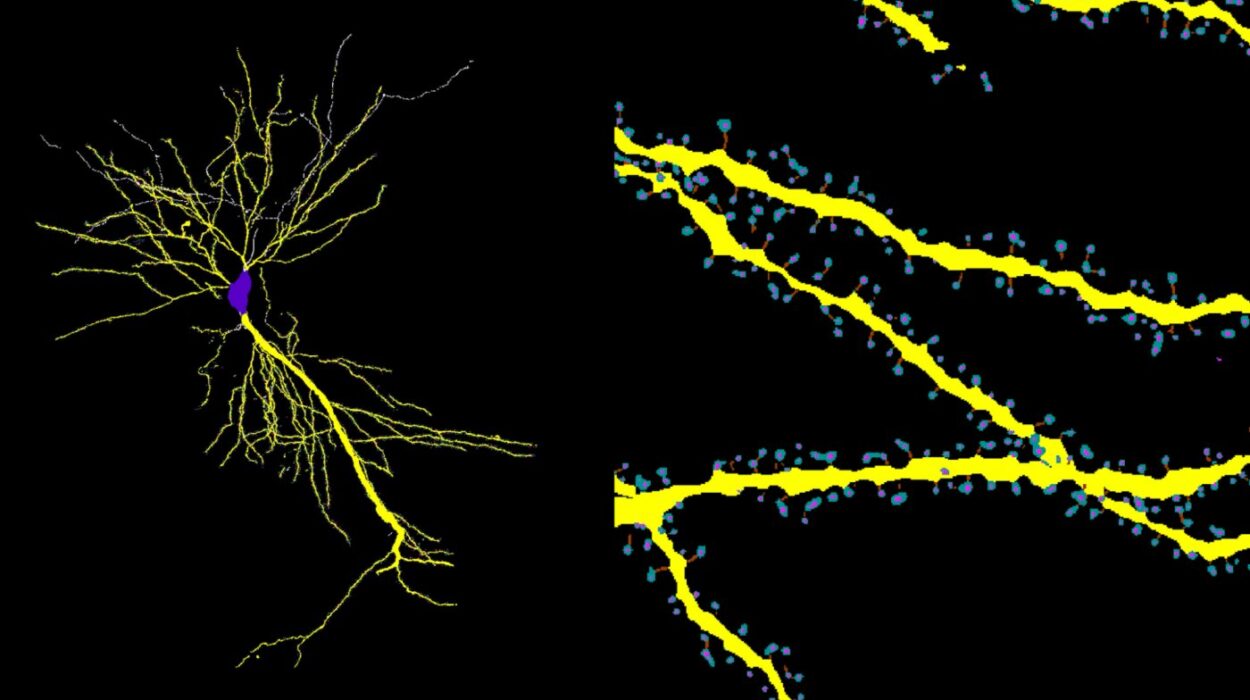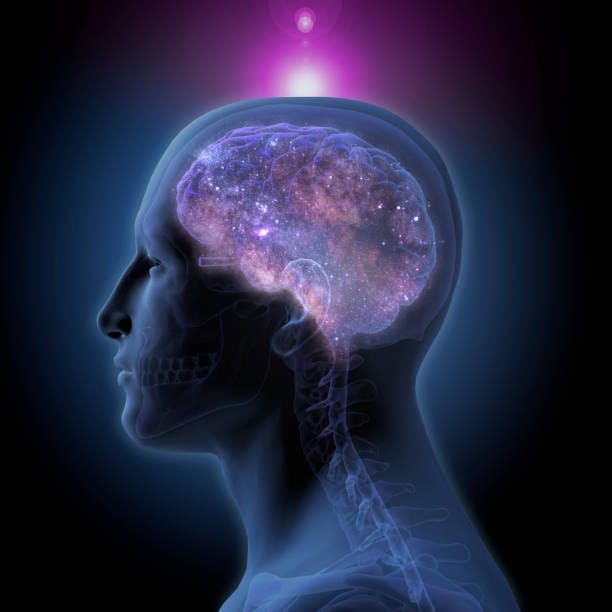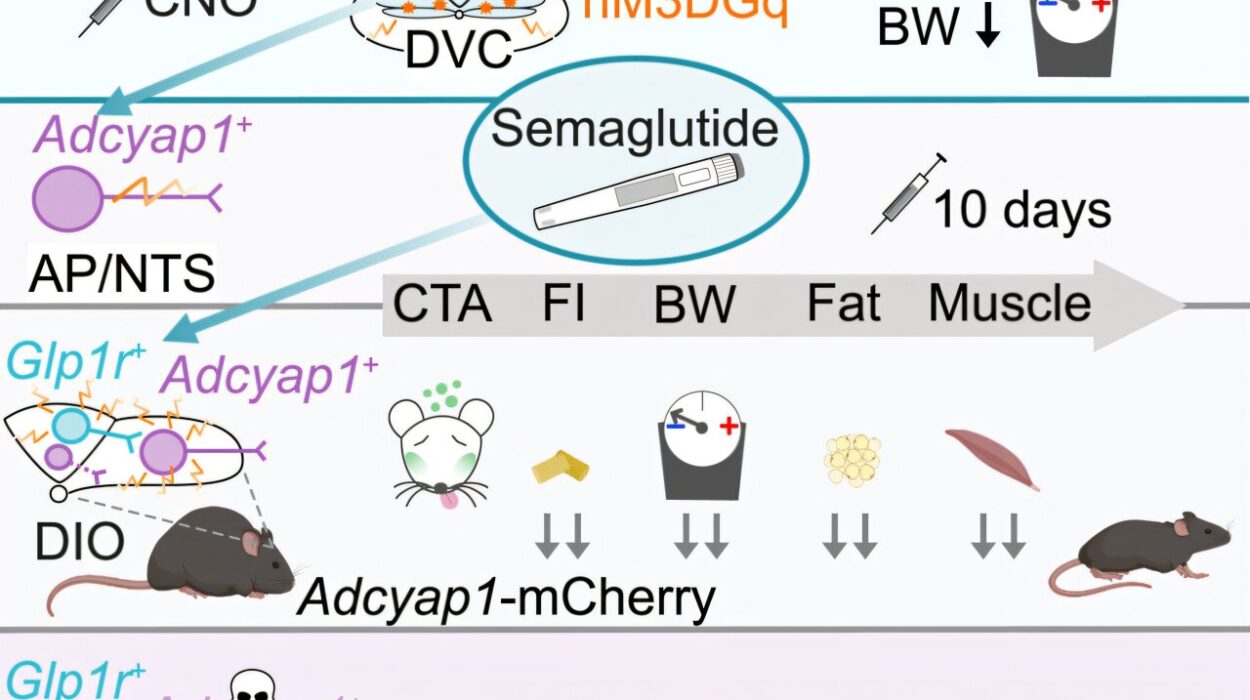Long before humans understood the microscopic world, they knew the agony of disease. Smallpox could scar entire generations. Measles swept through towns, stealing away children before they could grow up. Polio twisted limbs and ended lives. Throughout history, pandemics altered the course of empires and reshaped societies. Yet, amid this suffering, the human mind searched for answers—and discovered one of the most powerful tools ever devised to protect life: vaccines.
Vaccines are not just medicines; they are invisible guardians. They whisper to our immune system, teaching it to recognize danger before it ever strikes. They save millions of lives each year and have brought humanity closer than ever to defeating some of the deadliest infections in history. But how do they achieve this miracle? The story of vaccines is as much a tale of scientific brilliance as it is of human resilience—a journey that starts deep inside our own bodies.
The First Line of Defense: Understanding the Immune System
To understand vaccines, we must first step into the intricate battlefield of the immune system. Every day, your body fights silent wars against invaders: bacteria, viruses, parasites, and fungi. This defense system is ancient, complex, and astonishingly precise. It consists of two main armies—innate and adaptive immunity.
Innate immunity is the first responder. The moment a pathogen enters the body, innate defenses spring into action. Skin, mucus, and stomach acid block entry points. Specialized cells like macrophages devour intruders, while chemicals trigger fever and inflammation to slow down the enemy. Yet, this response is blunt and generalized; it cannot remember past encounters or tailor attacks for maximum efficiency.
That’s where adaptive immunity shines. Adaptive immunity is the elite force, capable of learning and remembering pathogens. It’s led by two types of white blood cells: B cells and T cells. When a virus or bacterium breaches defenses, B cells produce antibodies—tiny Y-shaped proteins that lock onto specific invaders, marking them for destruction. T cells, meanwhile, act as assassins, hunting down infected cells and eliminating them before they can spread infection.
What makes adaptive immunity extraordinary is its memory. Once your body has fought off a disease, it remembers. If the same pathogen attacks again, your immune system can destroy it so quickly you might not even feel sick. This memory is the key to vaccine protection—it’s like teaching your immune system to recognize a criminal before they commit the crime.
The Birth of Immunity: Early Observations
The idea of vaccination emerged long before modern medicine understood germs or immunity. In ancient China and India, healers noticed that people who survived certain diseases, like smallpox, were unlikely to catch them again. They experimented with “variolation,” deliberately exposing individuals to mild forms of smallpox to protect them from severe illness. It was a risky practice, but it saved countless lives.
In 1796, an English country doctor named Edward Jenner transformed this folk wisdom into science. Jenner observed that milkmaids who contracted cowpox, a mild disease, seemed immune to deadly smallpox. Intrigued, he took pus from a cowpox sore and injected it into a young boy. Later, when Jenner exposed the boy to smallpox, the child did not fall ill. This marked the birth of the modern vaccine—a term derived from vacca, the Latin word for cow.
Jenner’s discovery launched a revolution. For the first time in history, humanity had a systematic way to train the immune system without causing full-blown disease. Over the centuries, scientists expanded this approach, developing vaccines for rabies, diphtheria, tetanus, and eventually dozens of other diseases.
How Vaccines Teach Without Harming
At its core, a vaccine is a lesson plan for your immune system. Instead of letting you get sick and hope you survive to develop natural immunity, a vaccine safely mimics infection. It introduces parts of a pathogen—called antigens—without causing the actual disease. These antigens can be weakened or killed forms of the microbe, fragments of its proteins, or even genetic blueprints that instruct your cells to make harmless copies of the pathogen’s components.
Once introduced, your immune system reacts as if facing a real threat. B cells produce antibodies, T cells mobilize, and memory cells are formed. The next time you encounter the actual pathogen, your immune system is ready. It attacks swiftly, often neutralizing the invader before symptoms appear.
This training can last years, sometimes a lifetime, depending on the disease and vaccine type. Booster shots serve as refresher courses, reminding your immune system to stay vigilant. In this way, vaccines act as silent teachers, preparing your body for battles you may never even know you fought.
The Different Faces of Vaccines
Vaccines come in several forms, each crafted to teach the immune system in unique ways. Live-attenuated vaccines use weakened versions of pathogens that can replicate slightly without causing illness. These are powerful teachers, often providing long-lasting immunity with just one or two doses. The measles, mumps, and rubella (MMR) vaccine is a classic example.
Inactivated vaccines, by contrast, use killed pathogens. They are safer for people with weakened immune systems but may require multiple doses to achieve lasting protection. Examples include the polio and hepatitis A vaccines.
Subunit and conjugate vaccines go a step further, using only specific pieces of a pathogen—such as proteins or sugars—to stimulate immunity. Because they contain no live components, they are extremely safe and effective. The hepatitis B and human papillomavirus (HPV) vaccines belong to this category.
More recently, scientists developed mRNA vaccines, which deliver genetic instructions for cells to produce harmless pieces of a pathogen. The COVID-19 vaccines from Pfizer-BioNTech and Moderna use this technology. Similarly, viral vector vaccines employ a harmless virus to deliver these instructions. These innovative approaches allow rapid vaccine development and have opened new horizons in medicine.
Herd Immunity: Protecting the Whole Community
Vaccination is not only an act of personal protection—it’s an act of collective defense. When enough people in a population are immune to a disease, either through vaccination or prior infection, pathogens struggle to find new hosts. This phenomenon, known as herd immunity, indirectly shields those who cannot be vaccinated, such as newborns or individuals with certain medical conditions.
Herd immunity has saved millions of lives. It eradicated smallpox, one of the deadliest diseases in history, and brought polio to the brink of extinction. It prevents outbreaks of measles, pertussis, and other infectious diseases in many parts of the world. Yet, this shield is fragile. If vaccination rates fall, diseases can resurface with devastating speed.
The Battle Against Misinformation
Despite overwhelming scientific evidence, vaccines have faced skepticism since Jenner’s time. Fear of side effects, mistrust of medical institutions, and the spread of misinformation fuel vaccine hesitancy. Social media amplifies these doubts, sometimes overshadowing the staggering success of vaccines in reducing childhood mortality and extending life expectancy.
Scientists and health workers combat misinformation through transparency, education, and outreach. They emphasize that while vaccines, like any medical intervention, can have rare side effects, the risks of disease are far greater. Decades of research, rigorous safety testing, and continuous monitoring ensure that vaccines remain among the safest tools in modern medicine.
Vaccines in a Global Context
Vaccination campaigns are monumental achievements of public health, requiring international cooperation and infrastructure. Organizations like the World Health Organization (WHO) and UNICEF coordinate efforts to deliver vaccines to remote corners of the world, overcoming challenges of poverty, conflict, and geography.
These programs have transformed global health. Childhood diseases that once claimed millions of lives annually are now rare or disappearing. Yet, inequities persist. The COVID-19 pandemic highlighted stark gaps in vaccine distribution, sparking renewed calls for equitable access to life-saving immunizations. Ensuring that every person, regardless of where they live, can be protected remains one of humanity’s greatest moral imperatives.
The Future of Vaccination
Vaccine science is rapidly evolving. Researchers are developing universal flu vaccines, next-generation malaria vaccines, and potential immunizations for HIV and cancer. Advances in nanotechnology, genomics, and artificial intelligence promise to make vaccines faster, safer, and more personalized.
One groundbreaking frontier is therapeutic vaccines, designed not to prevent disease but to treat existing conditions. These could train the immune system to attack cancer cells or chronic infections, offering hope where conventional therapies fall short.
Scientists are also exploring needle-free delivery methods, such as nasal sprays, patches, and edible vaccines, aiming to make immunization less invasive and more accessible globally.
The Legacy of Vaccines
Looking back, the story of vaccines is a story of triumph over some of humanity’s greatest threats. They have eradicated smallpox, nearly eliminated polio, and saved hundreds of millions from measles, tetanus, and other deadly infections. They have allowed children to grow up, parents to hope, and societies to flourish without the constant shadow of epidemics.
Vaccines remind us of the extraordinary power of science to protect life. They are not merely vials of liquid; they are promises—promises that knowledge and cooperation can conquer fear and suffering. In a world still battling new and old diseases alike, vaccines stand as humanity’s quiet heroes, ensuring that the stories of survival we tell future generations are not tragedies, but tales of victory.
A World Safeguarded by Science
Every time a needle pierces the skin, every time a child receives their first immunization, a silent revolution continues. A microscopic army awakens inside them, prepared for battles they will never have to fight.
This is the wonder of vaccines. They do not just heal the sick—they prevent sickness itself. They weave invisible shields around individuals and communities, rewriting the narrative of human history from one of fear to one of resilience and hope.
As we stand on the edge of new discoveries, from mRNA breakthroughs to potential cures for the most elusive diseases, one truth remains clear: vaccines are among the greatest gifts science has given humanity. They are the embodiment of foresight, compassion, and ingenuity—a testament to what we can achieve when knowledge meets courage in the relentless pursuit of health and life.






